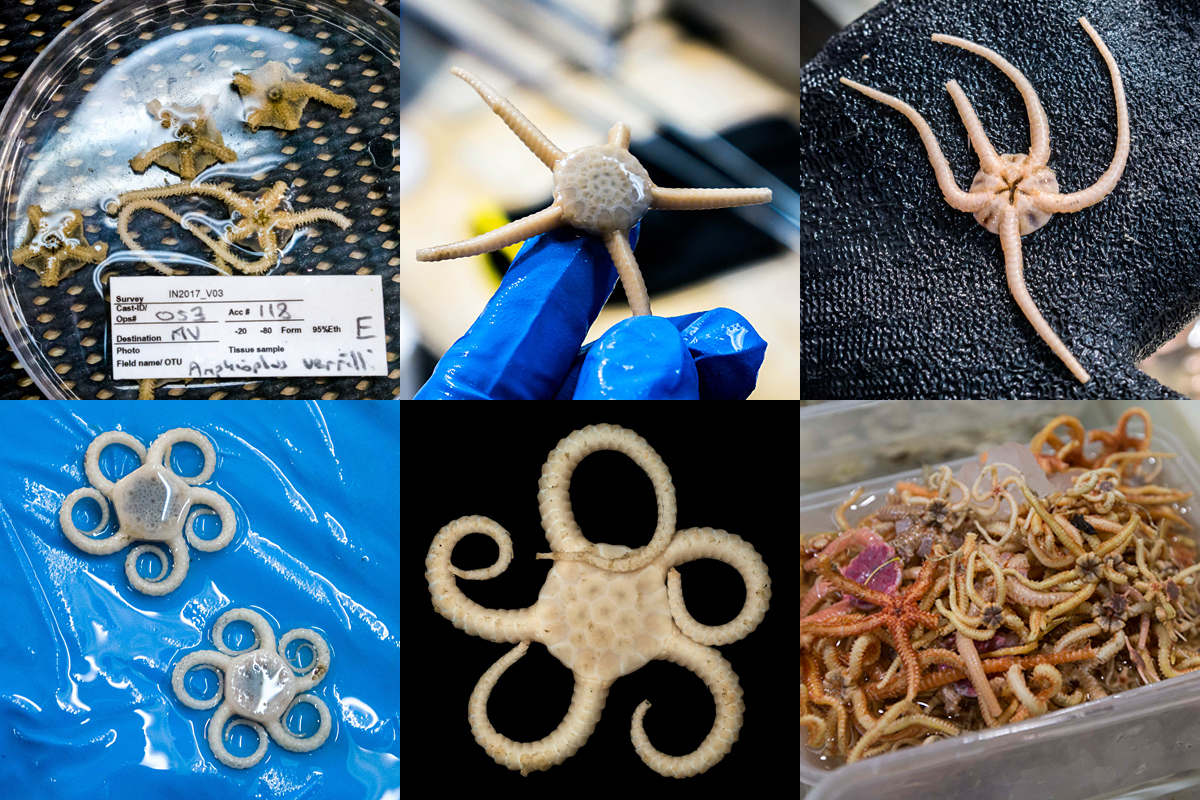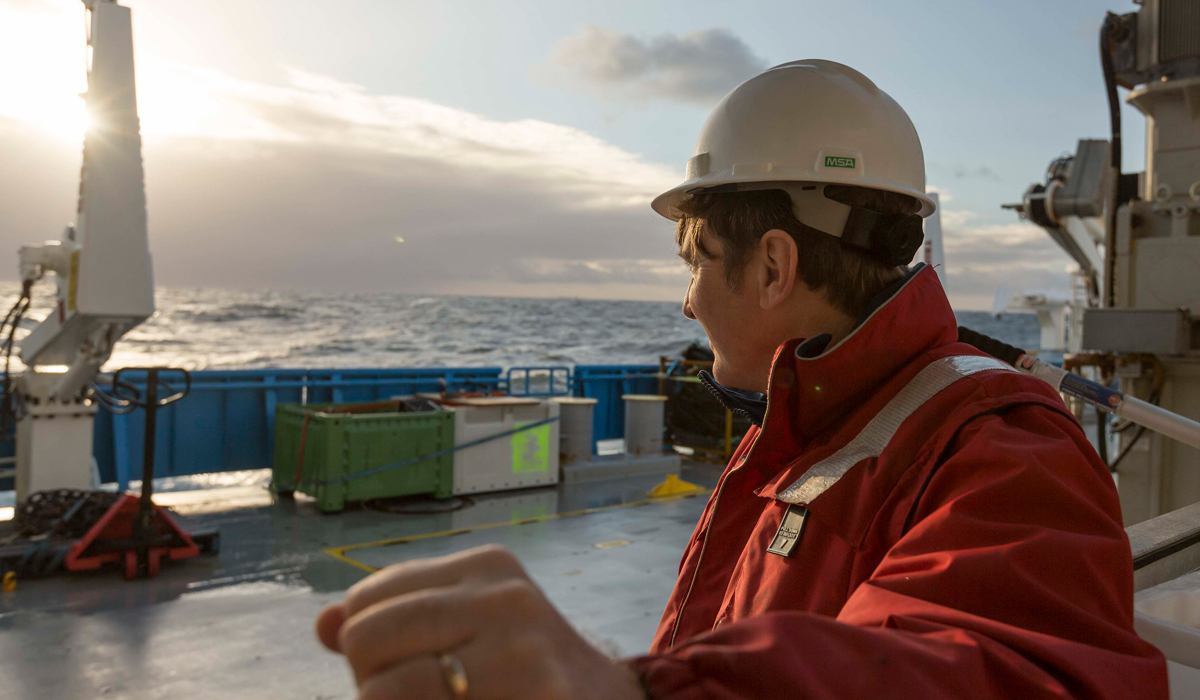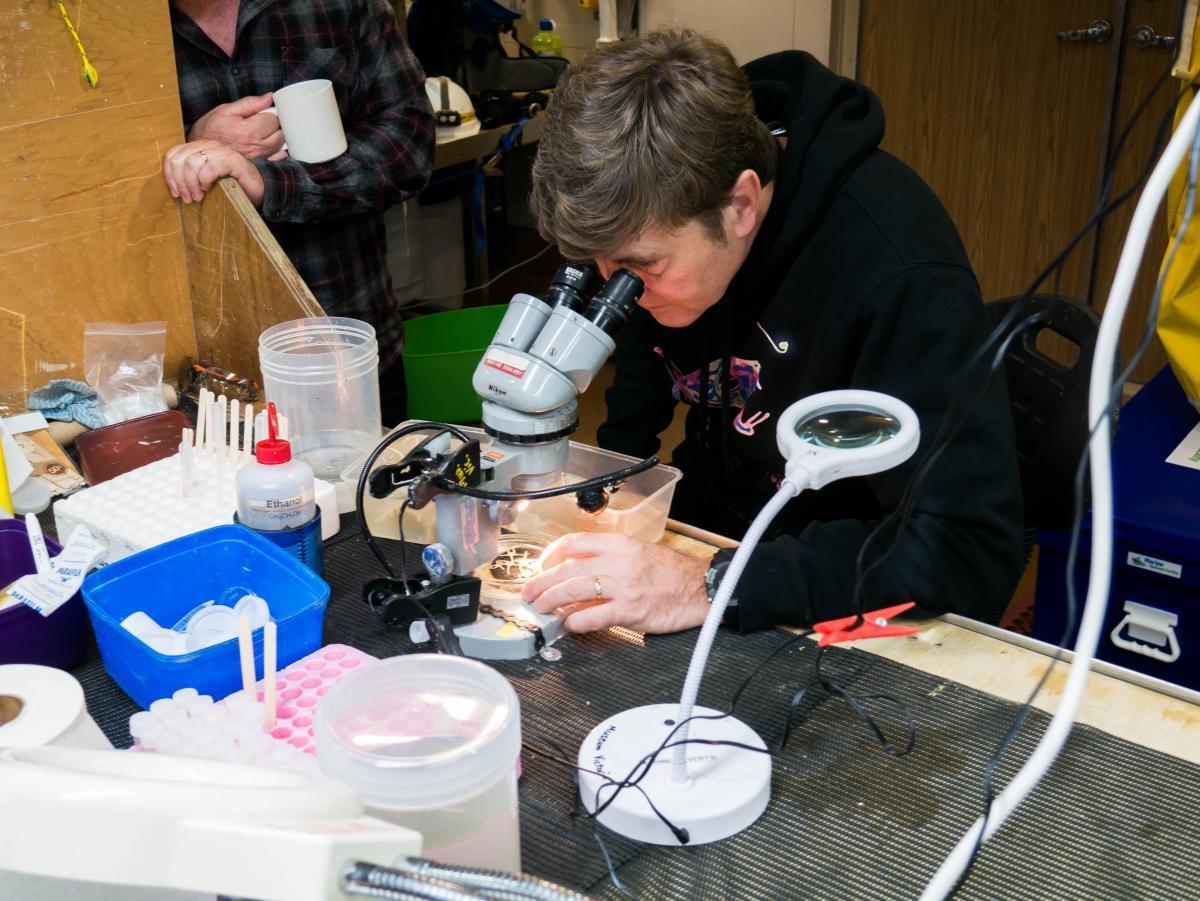January 23, 2019

New research supported by the Marine Biodiversity Hub, published today in the journal Nature, overturns previous theories about how the stunning biodiversity of our oceans evolved, with important implications for conservation.
The paper, titled 'Contrasting processes drive ophiuroid phylodiversity across shallow and deep seafloors', was lead-authored by Senior Curator of Marine Invertebrates at Museums Victoria, Dr. Tim O'Hara.
Biologists have long speculated that evolution is "sped up" by relatively high tropical temperatures, with development being slower in cooler and deeper waters. However, this research finds that evolution does not follow one course, but rather depends on the geological, climatic and biological history of each ecosystem. Evolution proceeded differently in shallow and deep seas.

Speciation was found to be highest in the coldest region: Antarctica. These waters appear to still be recovering from extinction events of tens of millions of years ago, when ice sheets began to dominate, and water temperatures plummeted. New species that evolved as a result are still in the process of diversifying, and are doing so rapidly.
By contrast, although diversity in tropical deep seas (deeper than 200 metres) is high, it is not an environment that is rapidly producing new species, but rather accumulated its rich biodiversity over millions of years. Tropical deep seas are a refuge for ancient fauna, or 'living fossils'; mainly due to relatively stable conditions over time.
To study patterns of evolution across the world’s oceans, the team focused on the evolution of deep-sea 'brittle stars' (Ophiuroidea). These strange, spiny echinoderms with a typically circular body and five long, flexible arms, are abundant on the seafloor globally. Although they will be unfamiliar to many, their abundance makes them the perfect group for studying large-scale patterns of how marine life arose and spread around the planet.
The researchers utilised data collected on 2017's pioneering 'Sampling the Abyss' voyage aboard CSIRO Marine National Facility research vessel Investigator, led by Museums Victoria. The month-long expedition explored the abyssal ocean depths off the eastern coast of Australia for the first time. Dr. O'Hara was Chief Scientist on the voyage, and this publication is the first major paper to be published as a result of the voyage.

DNA was used to reconstruct a comprehensive picture of how brittle stars have evolved across the Indian and Pacific Oceans in the southern hemisphere. Dr. O'Hara explained, 'museum collections are a treasure house of preserved biodiversity collected from thousands of scientific expeditions. Sequencing the DNA from these specimens can unlock the history of life on our planet. He added, 'the digitisation and DNA sequencing of museum collections is providing a new way of looking at how life has evolved and spread around the globe.'
The deep sea is the world's largest ecosystem, an ancient ark of relics from the dinosaur era, where 'living fossils' survive at the same time that new species are fast evolving. These environments require as much protection as more famous and familiar habitats, like coral reefs and mangroves. Yet a lack of knowledge about marine life in these dark waters has made it unclear how best to protect and preserve these environments from human exploitation like fishing or deep-sea mining.
Dr. O'Hara and his team's paper is the result of what he hopes will be the first stage of a global project, to shed further light on processes of evolution in precious deep sea environments, and how we can best project them.
This new research was funded by the NESP Marine Biodiversity Hub and Hub director Nic Bax was a co-author. It was supported by a grant of sea time on research vessel Investigator by the CSIRO Marine National Facility. This story is adapted from a media release issued by Museums Victoria.
Related information:
- Journal article - Contrasting processes drive ophiuroid phylodiversity across shallow and deep sea floors - Nature, 23 January 2019
- NESP Marine Biodiversity Hub voyage blog - "Blogging the Abyss" - 15 May to 16 June 2017
- Museums Victoria Collections article and images - Sampling the Abyss voyage - 15 May to 16 June 2017
- Lead author profile - Tim O'Hara, Museums Victoria
- CSIROscope blog: Are tropical holidays bad for your evolution?
- Nature blog: 'How we found that deep-sea biogeography doesn't obey the rules'
- Museums Victoria media release - Research reveals new species are evolving fastest in Antarctica - 24 January 2019
- Log in to post comments
